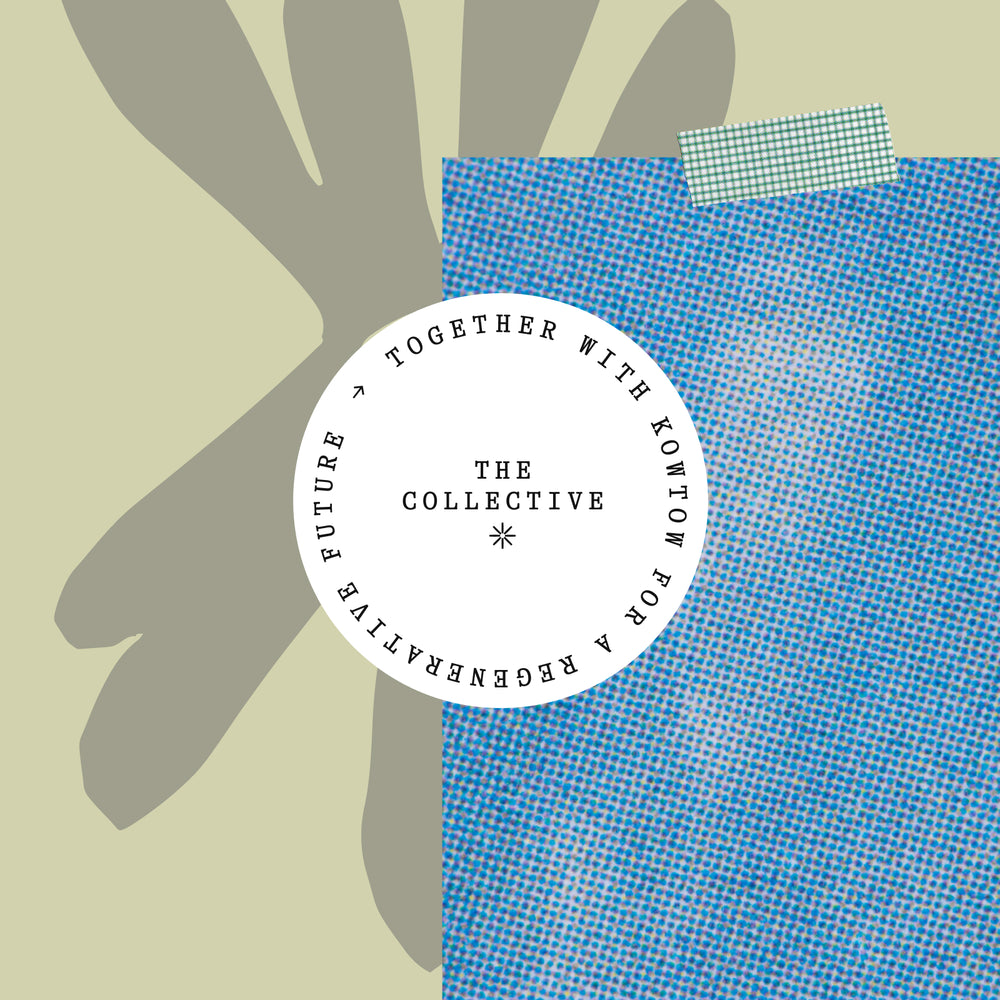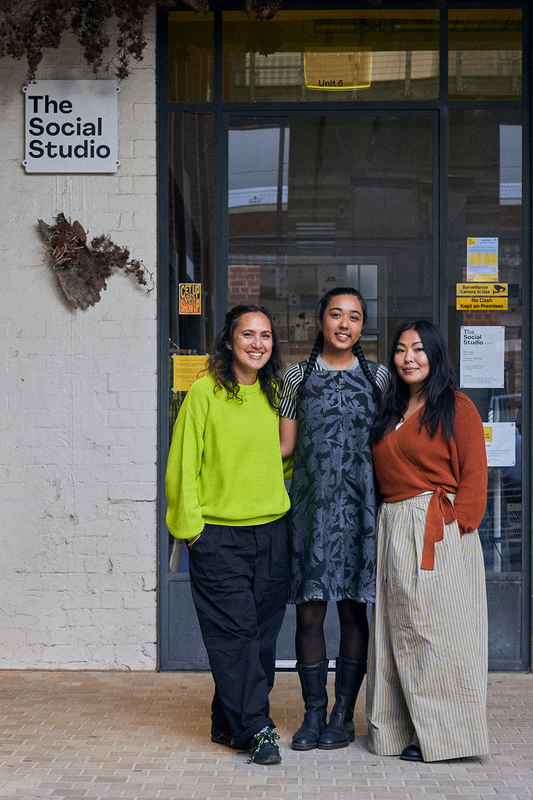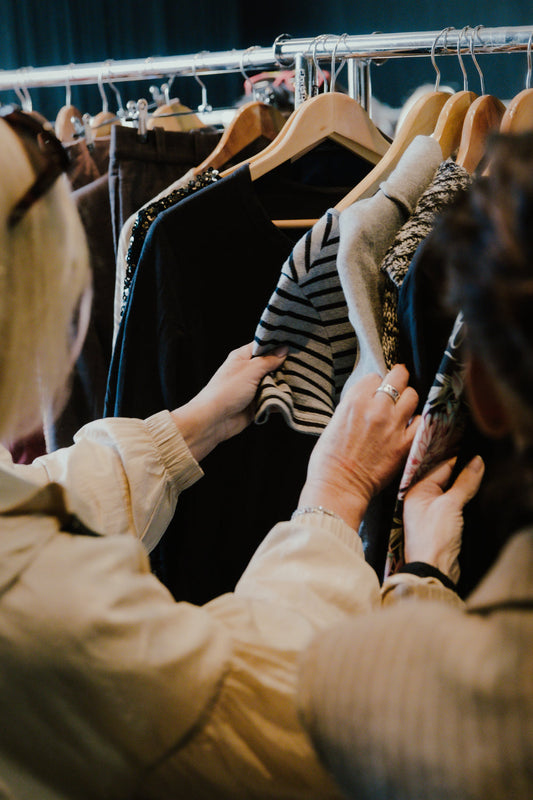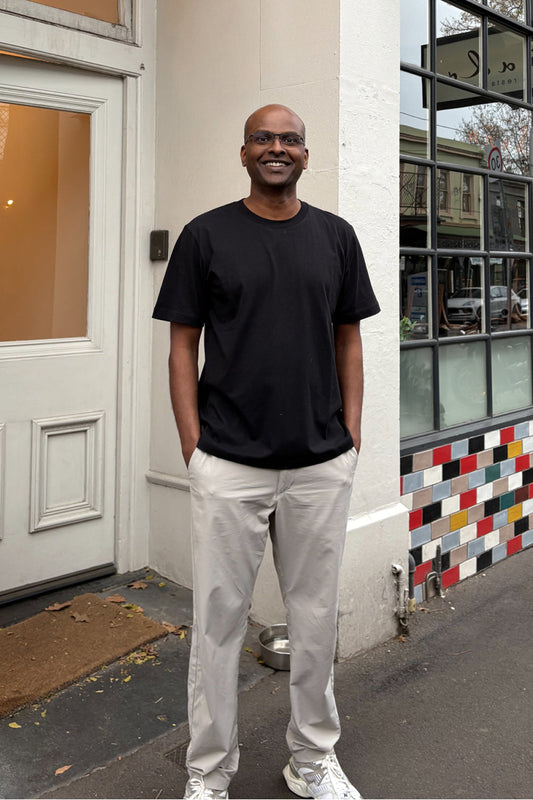For a number of years, museums and galleries have been grappling with their role and responsibility towards climate change. As institutions traditionally concerned with preserving and celebrating narratives of colonialism, globalisation, capitalism and modernity, they are intimately bound with the root causes of impending ecological collapse. Coupled with high-carbon, high-waste activities such as touring exhibitions and affiliated packaging, trends in international vernissage attendance, collecting, and preservation (often stolen objects at the heart of the ‘decolonising museums’ debate), the sector’s impact is vast.
In recognition of this, and of the immense potential and educative reach of more than 80,000 museums across the world, the UK Arts and Humanities Research Council recently put forward an open call in the lead-up to COP26 1 to be held in Glasgow 2021: how can we rethink museums as a radical form of climate action that provokes systemic change across society?
The following concept is a response to this provocation. It addresses one of the key agenda items of COP26: to involve the public in climate action, in recognition of the crucial importance of this participation as articulated by the Paris Agreement formed during COP26 1 in 2015.
The concept was borne from several workshops held at Studio UAP 2 Australia, with a team of multidisciplinary contributors from the fields of art, business, law, architecture, and marketing 3. It outlines a future path that departs from entrenched ‘top-down’ paradigms, and instead places the power of knowledge and sharing into the hands of the individual. It is proposed that through this empowerment and authorship, the individual will feel invested and responsible for the direction of the world around them beyond immediate circumstances.
OPUS, A CONCEPT
Analysing the etymology of the word ‘museum’ as a starting point — from the Greek: ‘seat of the muses’ — and all this connotes, a new term is proposed to capture the iterative institution moving forward into an era of climate action: Opus, meaning at once composition, work, oeuvre, piece, creation.
Across the world, the Opus is a decentralised model that reaches communities in a way museums of the past could not. The Opus departs from the typically object-based collection to the less tangible sharing of generative knowledge and education that fluidly shape-shifts and nimbly responds to the most pertinent issues of the times; namely climate change, climate justice, and the inherent role these issues play in determining equality.As an alternative to the typically monolithic museum with its impermeable facade, the Opus is as close and accessible as the local corner store, within walking distance to any home and filling existing building stock as diverse as a house, apartment, mechanic, office, university theatre; all retrofitted with sustainable energy and Passivhaus 4 technologies to achieve and promote carbon-neutral operation.
The Opus also reaches places without walls, such as fields, forests, mountains, oceans, urban squares, in that way elevating and listening to the non-human. Educative in nature, the Opus carves new, and revives existing pedagogy via digital realms and in person, across multi-layered forums.
In this way ownership of the now and the future is placed in the hands of community. The contents of the Opus are minimal: knowledge is instead conveyed and exchanged through rigorous and accessible public programs that promote shared agency. This may include talks, public group meals, field trips, revitalisation of suppressed languages, all tethered through the overarching lens of climate change and how the individual can behave in the everyday to affect climate positively.
The Opus then becomes both the exemplar and the enabler.The inaugural public program of the Opus is: IF I (RE)BUILT A HOME IT WOULD LOOK LIKE THIS
‘IF I (RE)BUILT A HOME IT WOULD LOOK LIKE THIS’ creates space to profile First Nations perspectives and knowledge, with the aim to educationally embed far and recent histories other than those typically found in the Western canon. This program would be entirely First Nations-led and implemented across the many Opus hubs of a city or region, including an invitation to create a new name or title in language for each hub.
Here we use the idea of ‘home’ as a metaphor for the micro and the macro: from the literal place one sleeps at night (infinitely defined), through to the world broadly speaking. In this way, existential thinking is encouraged to consider and care for that beyond one’s immediate circumstances: because a grain of sand mined in Cambodia is linked to local neighbourhood footpaths. Home further implies both the built environment and the untouched environment; with the hope to dissolve psychological boundaries between the two. Indigenous cultures worldwide knew, and know, how to care for their home sustainably through complex systems of lore, sympathetic architecture, and to conceptualise timeframes longer than the average human lifespan. Indigenous Australians, for example, would only harvest what they needed for sustenance and survival, consciously leaving ‘enough’ for those that would come after. This is ecological thinking in its purest form and a hyper-intelligent way of existing. That the land doesn’t belong to us, rather we belong to the land, underpins care and nurturing of species other than our own: public programs at the Opus will disseminate this philosophy through modern myth-making and pragmatic skill-sharing.
‘IF I (RE)BUILT A HOME IT WOULD LOOK LIKE THIS’ asks the world in the first instance to listen to knowledge thousands of years old, proven by millennia-long legacy. The inaugural public programs for the Opus hubs investigate what it looks and feels like to bring this knowledge into contemporary culture and ways of living, prolifically and ubiquitously.
Through the Opus we find new ways to be free while propelling towards a climate-safe future. Opus frameworks, public-led and enabled programs focus on creating tomorrow’s tools for today, while embedding ecological thinking as dominant across actions large and small.
ABOUT THE AUTHOR
Ineke Dane is an award-winning curator currently based in Brisbane, Australia. She has a background in contemporary art theory, law, policy, photography and journalism; these disciplines inform her practice. Ineke is currently the Senior Curator at UAP, a global leader in the fields of contemporary public art, design and architecture. Prior, Ineke lived and worked in many cities across the world including Berlin, where she undertook research with international think-tank The Wuppertal Institute for Climate, Environment and Energy.
@inekedane
Brisbane, Australia
FOOTNOTES
1. Conference of the Parties Signatory to the 1992 United Nations Framework Convention on Climate Change
2. UAP collaborates with emerging and established artists, architects, developers and designers to deliver creative outcomes for the public realm, with studios in Brisbane, Shanghai and New York. www.uapcompany.com
3. Workshop participants: Nick Barter, Academic Director - Griffith Online, Researcher - Strategy & Sustainability | FutureNormal; Bianca Beetson, Director, Indigenous Research Unit, Office of the Pro-Vice-Chancellor (Indigenous), Griffith University; Ineke Dane, Senior Curator | UAP; Chris Fleming, Director, Griffith Institute for Tourism; Gilbert Guaring, Head of Marketing + Communications | UAP; Clare Kennedy, Director, RAIA, Masters of Architecture, Bachelor of Design (Hons), Five Mile Radius; and Daniel Tobin, Founder and Creative Director | UAP
4. Passivhaus refers to a German approach to design that adheres to a number of standards for energy efficiency in a building, ultimately reducing the building’s ecological footprint. Passivhaus technologies are being adopted by architects worldwide in acknowledgement of the increasing need of sustainable, low carbon buildings that require little energy for heating and cooling because the materials and design instead operate to the user’s climatic needs.





